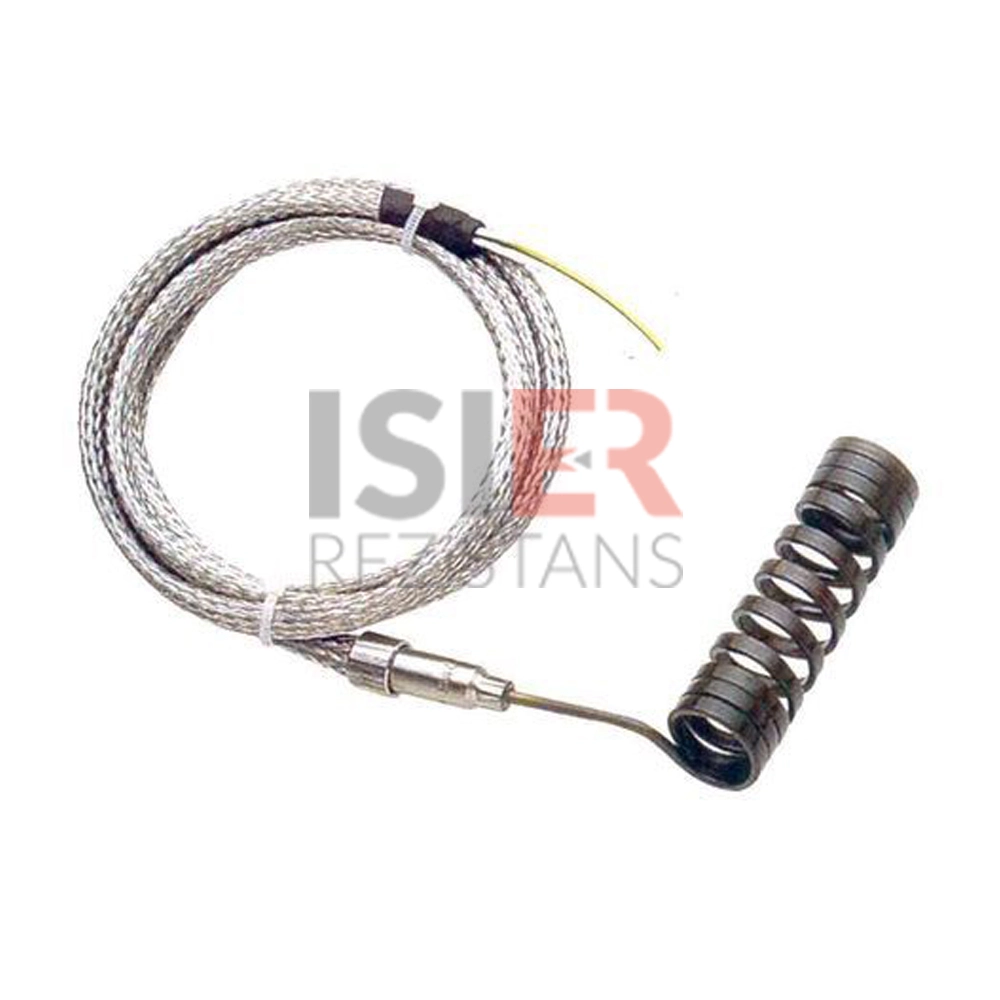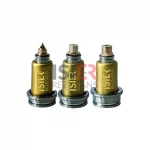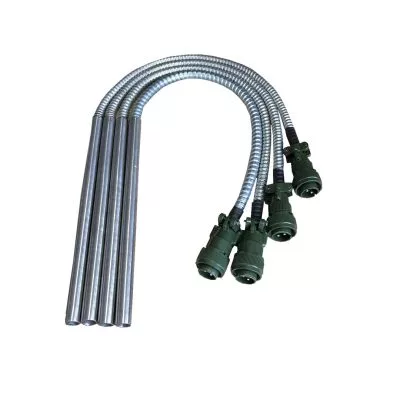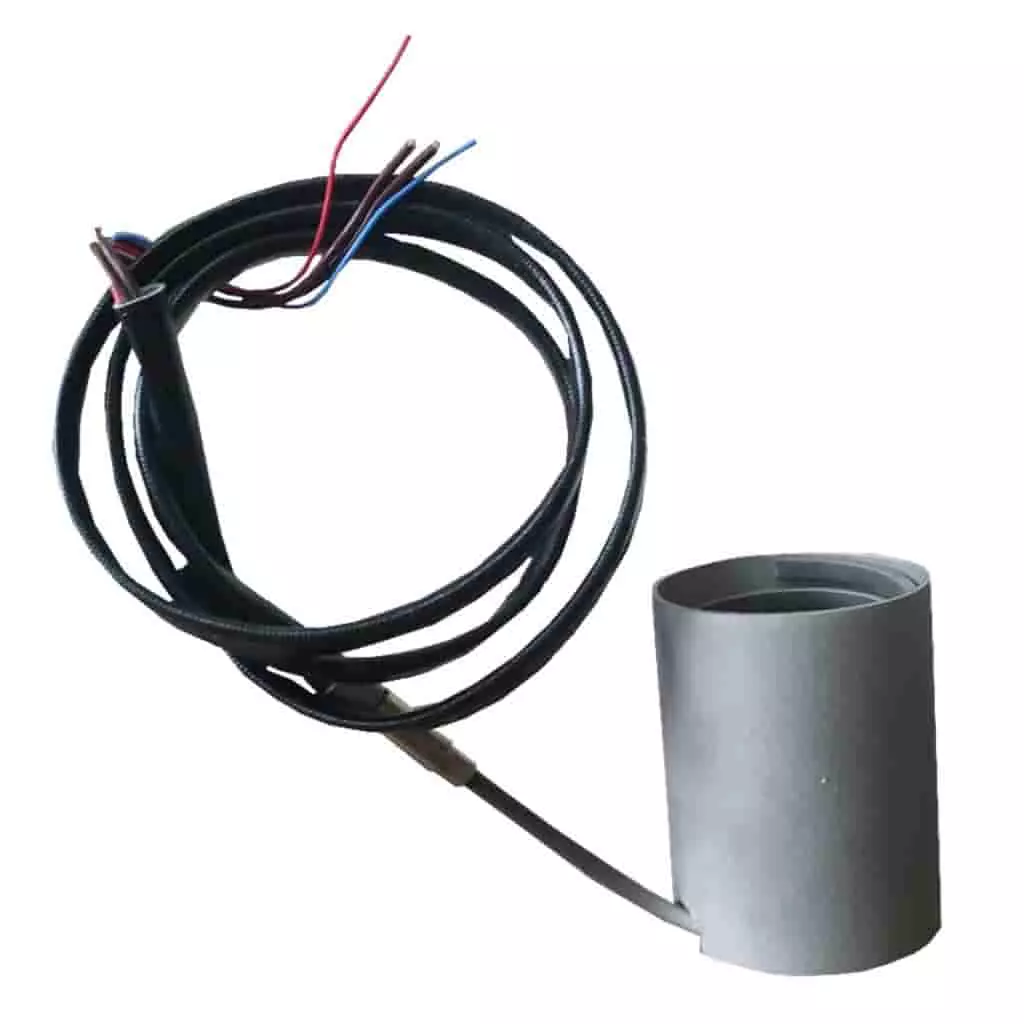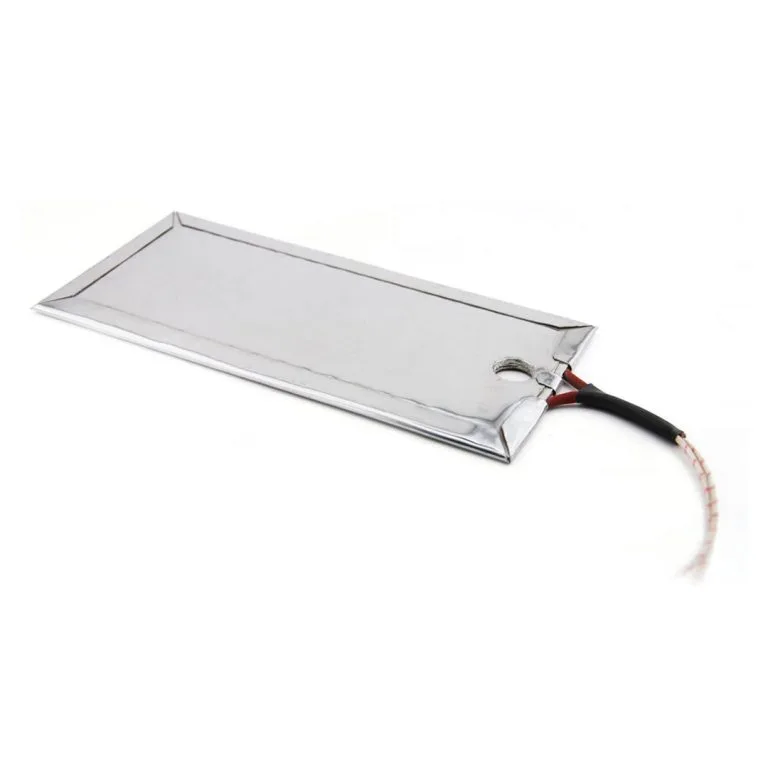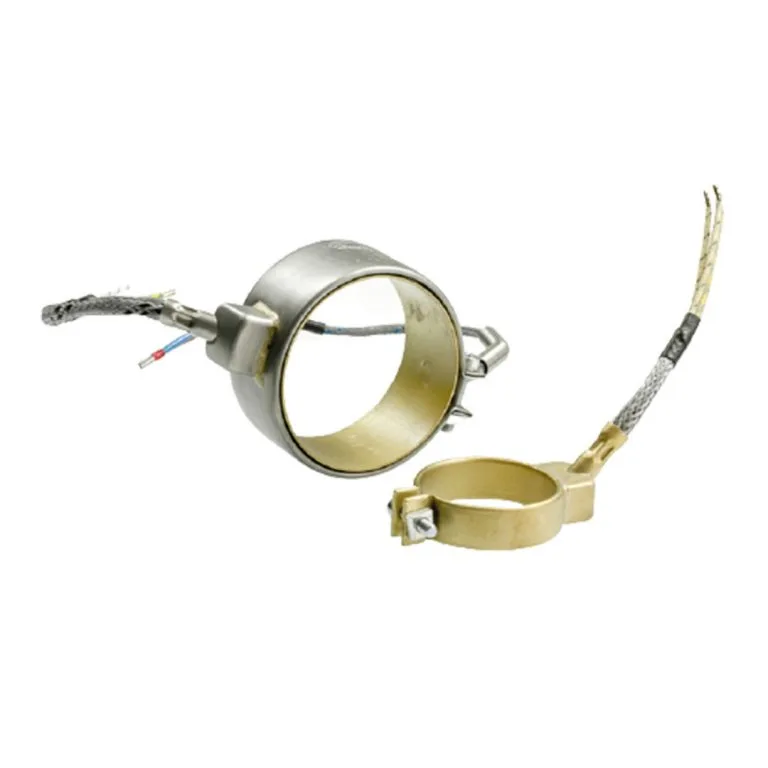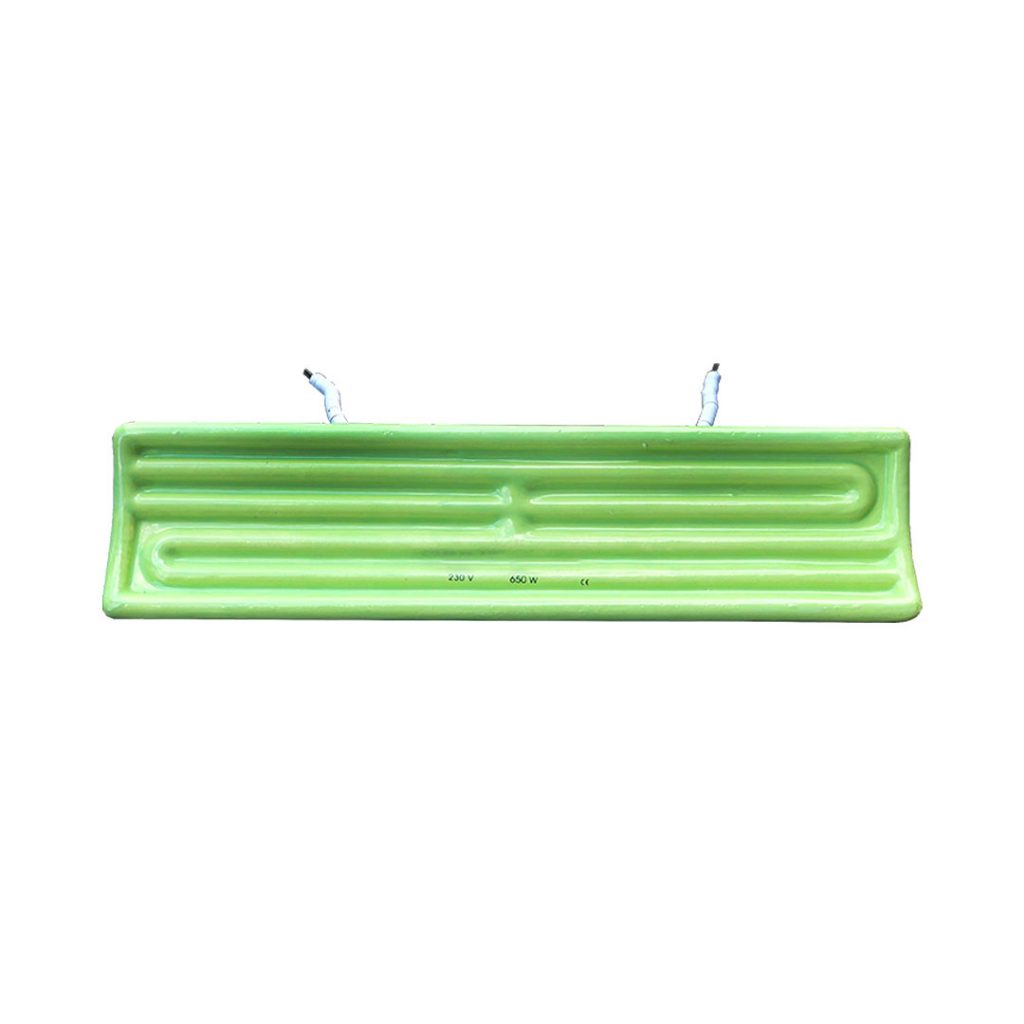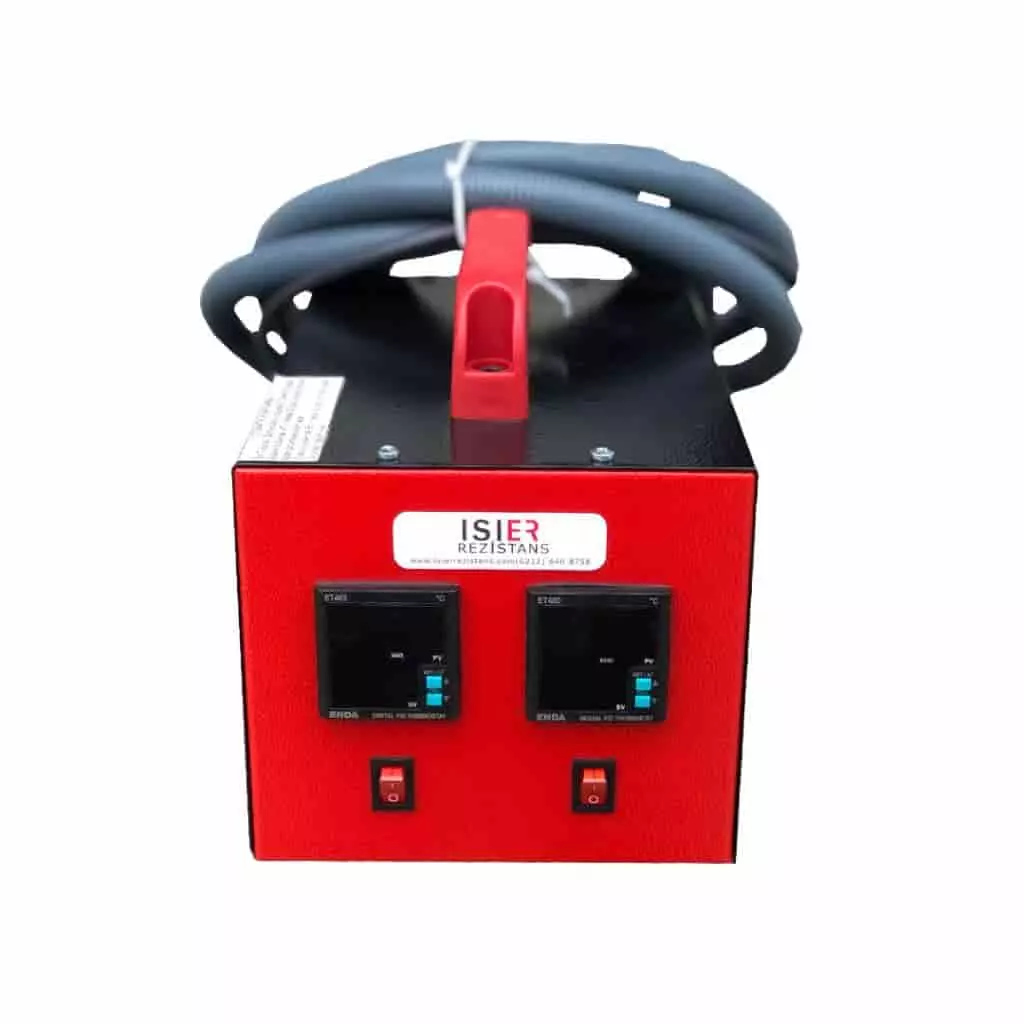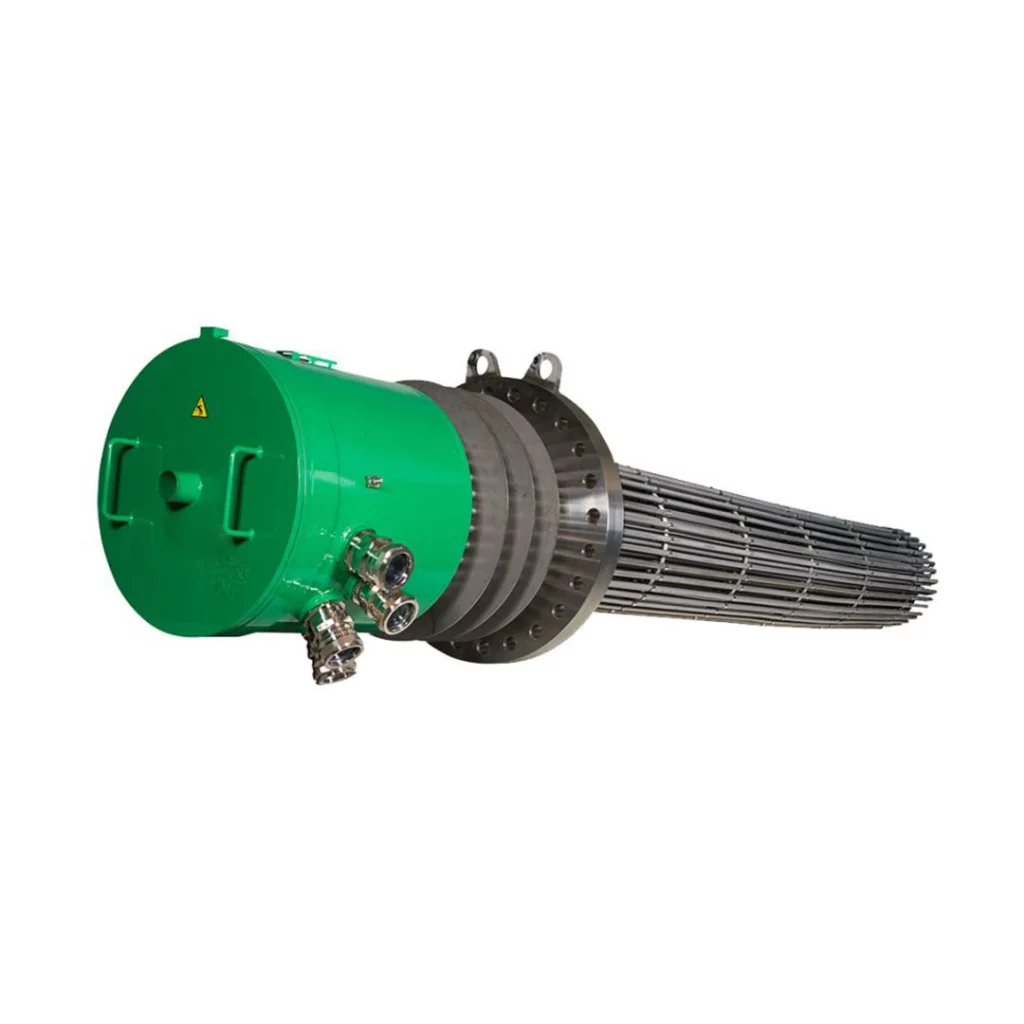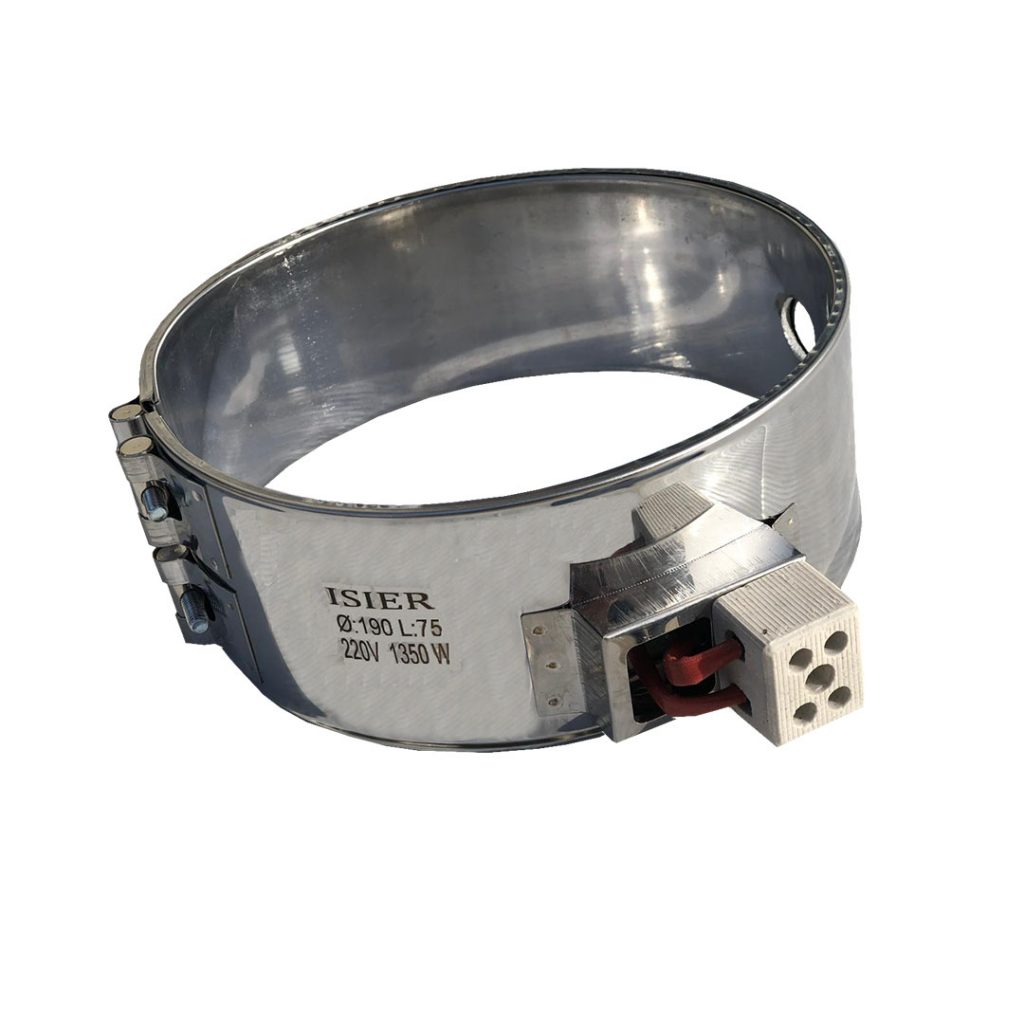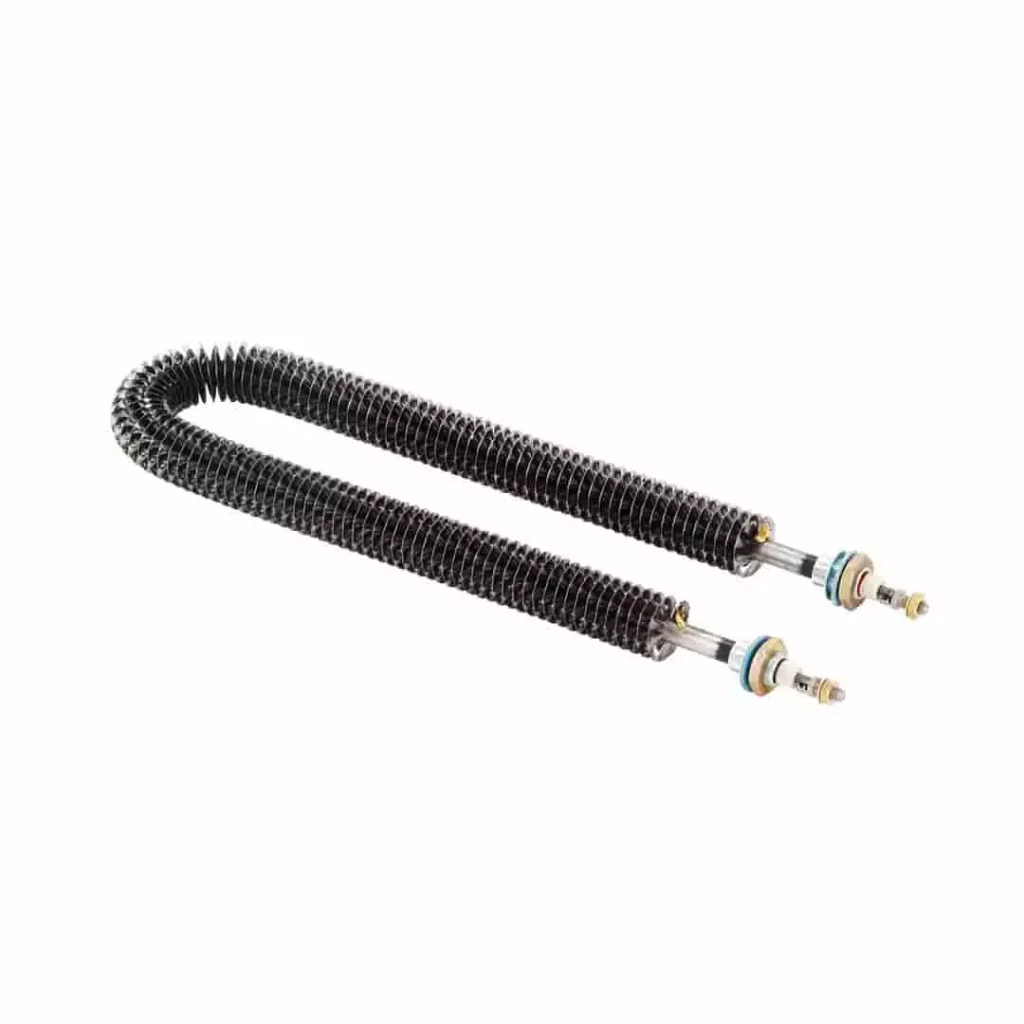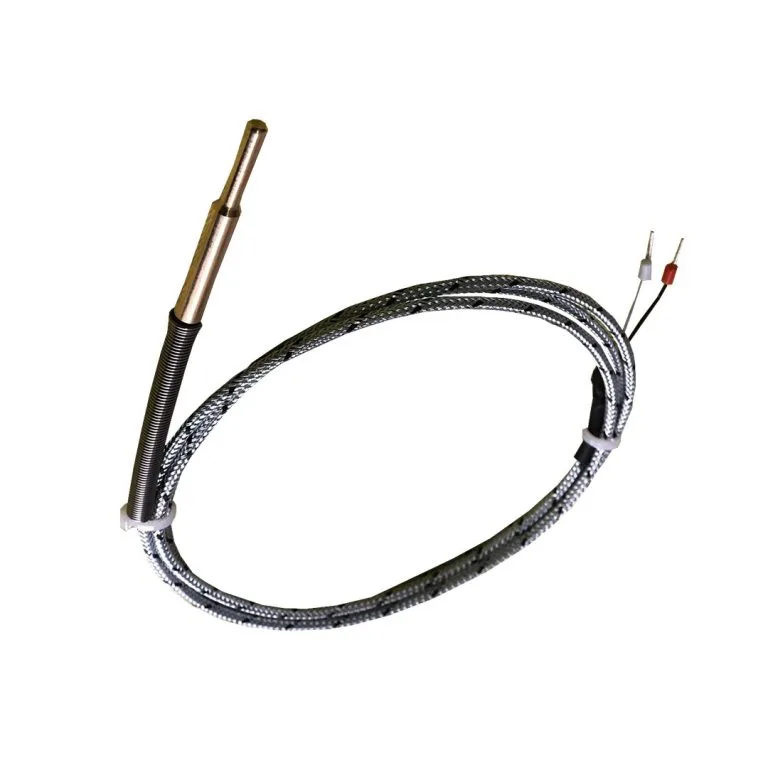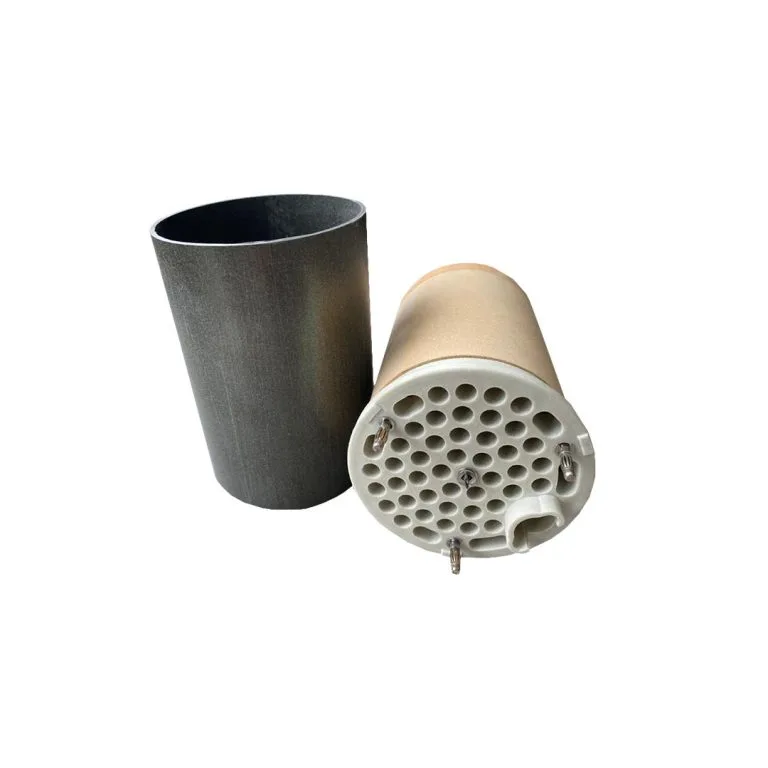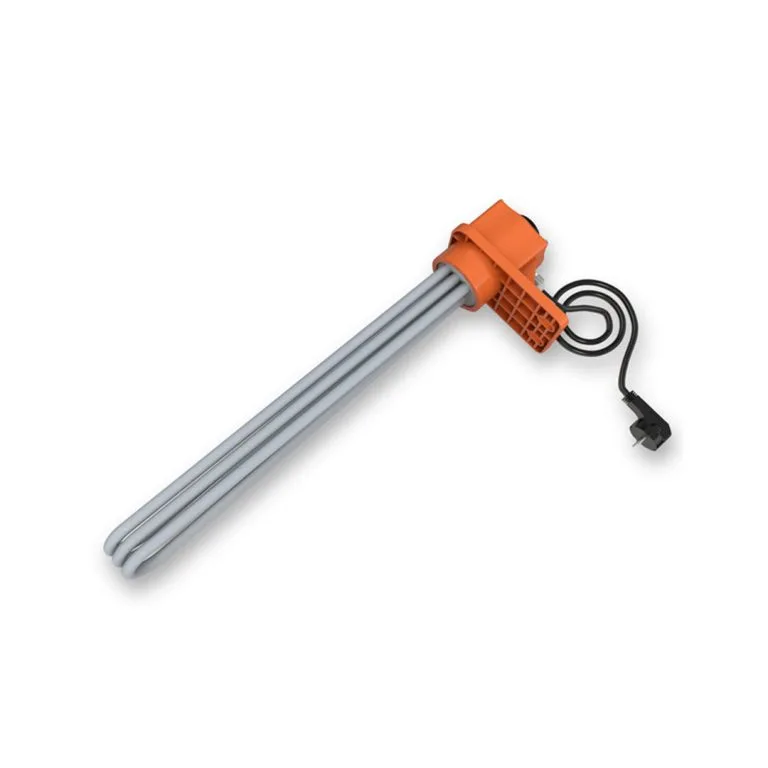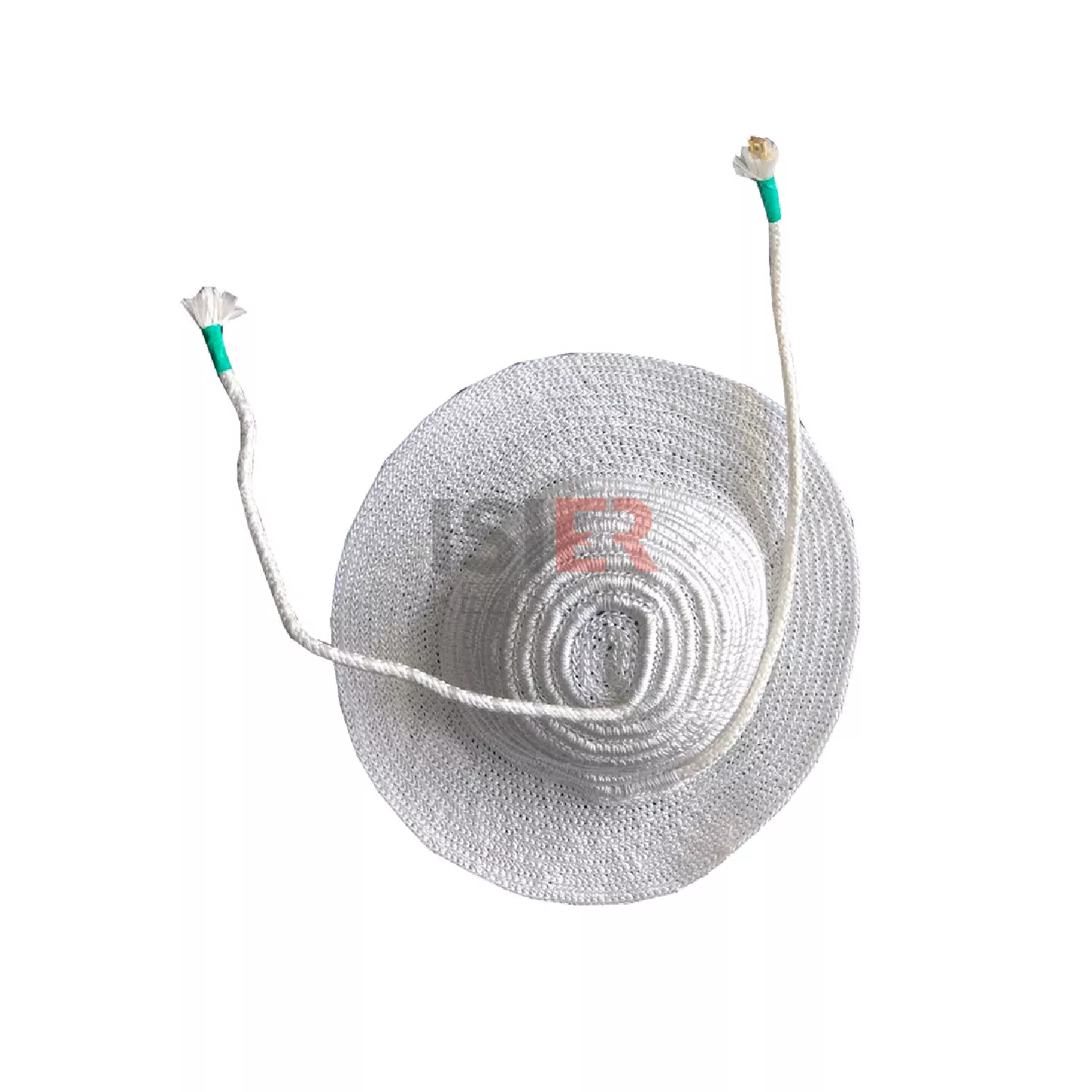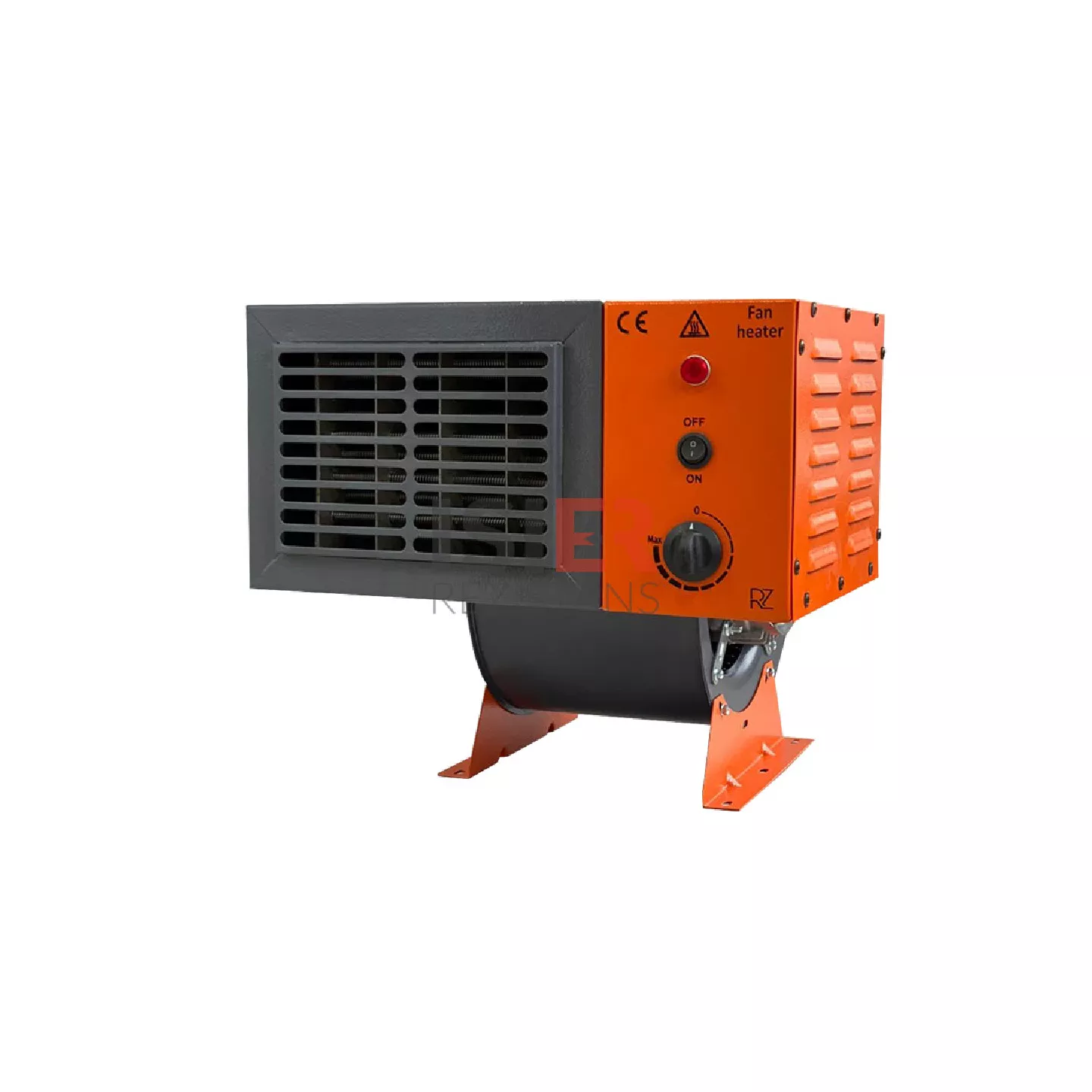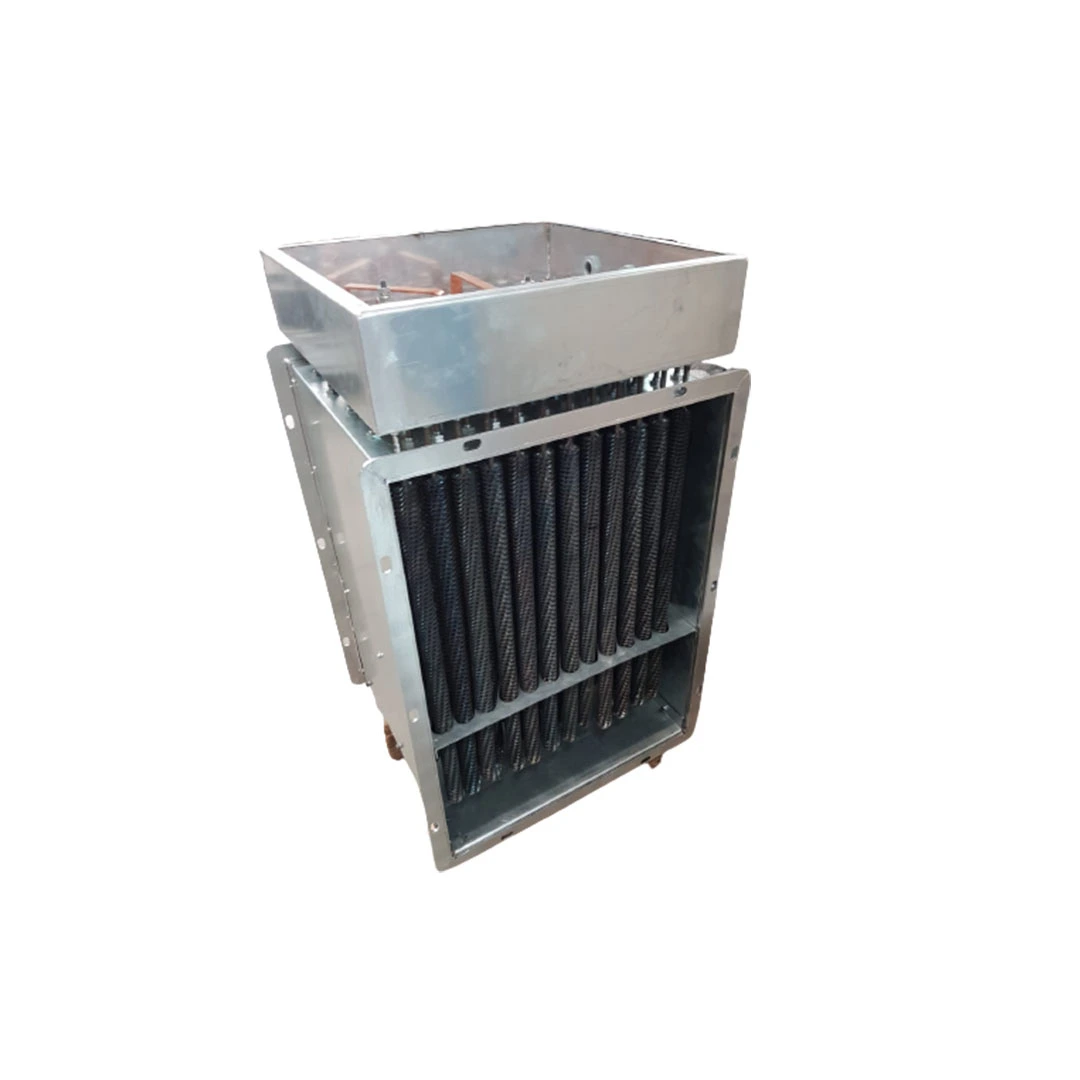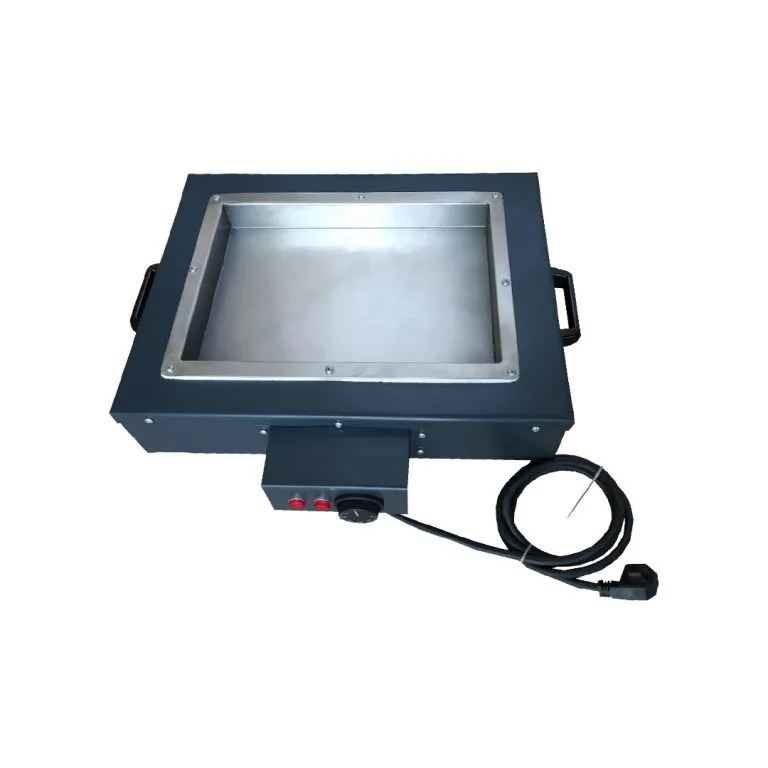What are Hot Runner Heaters?
Hot Runner Heaters (Spiral Heaters)
Hot runner heaters are vital components in plastic injection systems, crucial for maintaining the fluidity of the material. These spiral-shaped heaters are commonly used across various sectors, from the packaging industry to industrial injection machines. They provide an excellent solution for bringing plastic raw material to injectable temperatures.
Moreover, they are designed for heating pipelines of different diameters or for use in various projects. These heaters are particularly ideal for heating the raw material used in injection nozzles to the specified temperature, allowing it to become liquid and flowable. Initially, these types of heaters were designed for use in hot runner systems in plastic injection nozzles.
Our Products
Your Solution Partner for All Your Resistance Needs
Technical Specifications of Hot Runner Heaters
Hot Runner Heaters (Spiral Heaters)
Hot runner heaters can be manufactured in various power and current voltages (such as 24V, 48V, 110V, 220V, 400V, etc.). They are typically found in different cross-sections; the most common being rectangular flat type spiral heaters with dimensions of 2.4 mm * 4.5 mm. Additionally, there are also round cross-section hot runner heaters and spiral type heaters with a diameter of 4mm. The maximum operating temperature of these heaters is generally 500°C, and their outer casing is usually made of AISI321 quality stainless steel.
Energy outputs are usually provided with three Teflon-insulated cables, namely phase, neutral, and ground. Moreover, these types of heaters are commonly produced with standard J-type thermocouples, and the cable lengths can be adjusted to various sizes.
Spiral heaters are typically used to maintain the temperature of nozzles while injecting plastic material into molds in injection machines. This significantly affects the quality of the material. While hot runner heaters are primarily used for this purpose, they can also be effectively used in different areas such as regional heating. These heaters can be produced in desired dimensions and watts.
In general, hot runner heaters offer reliability and versatility. They are specifically designed for use in various hot runner systems in plastic injection nozzles. Therefore, it is important to pay attention to their operating temperatures and sizes when selecting heaters.
Hot runner heaters provide high efficiency and are suitable for long-term use due to being manufactured with high-quality materials. They generally do not require additional maintenance or repair.
Hot runner heaters, which can be easily produced in different winding types and output directions according to customer demands, typically offer winding types requested in both clockwise and counterclockwise directions. Additionally, they can be manufactured with radial or 90-degree perpendicular outputs or with twists passing through the center.
Hot Runner Heater Types
Hot runner heaters vary depending on material properties, operating temperature ranges, and application requirements. Here are some types of hot runner heaters:
1. Nichrome Heater: It is a material that provides good conductivity and durability at high temperatures. It is particularly preferred for high-temperature applications.
2. Chromium-Nickel Heater: It offers good conductivity, durability, and corrosion resistance at high temperatures. It has a wide range of applications due to these properties.
3. Aluminum Heater: It is a low-cost and easily machinable material. It provides good conductivity at low temperatures and is used in many industrial applications.
4. Graphite Heater: It provides good conductivity and durability at high temperatures, but its cost is higher compared to others.
5. Tungsten Heater: It provides excellent conductivity even at the highest temperatures, but its cost is higher compared to others. It is especially used in high-temperature and extreme conditions.
6. Ceramic Heater: It provides good durability and corrosion resistance at high temperatures. However, it has lower conductivity compared to other materials.
The selection is made based on the specific requirements of an application, operating conditions, and budget. Each material offers different advantages and disadvantages, so selecting the right material is important.



